Burglary Alarm Systems in Egypt
ITAS Company is distinguished by its extensive experience and commitment to providing modern and effective Burglary Alarm Systems in Egypt and property protection solutions. Established to meet customer needs in the fields of security and safety, ITAS has successfully achieved this goal by offering innovative and reliable Burglary Alarm Systems in Egypt for homes, businesses, and institutions across the country.
Burglary Alarm Systems in Egypt: Smart Protection for Your Property
- Burglary Alarm Systems in Egypt:
We provide the latest technologies in Burglary Alarm Systems in Egypt, featuring modern sensors and motion detectors to ensure comprehensive protection for residential, commercial, and industrial environments. - Customized Solutions:
Our team works closely with each client to design tailored Burglary Alarm Systems in Egypt that match their property’s layout and specific security requirements. - Professional Installation:
Systems are installed by our highly trained technical team to guarantee optimal performance and reliability in Egypt. - Regular Maintenance:
We offer routine maintenance services to keep Burglary Alarm Systems in Egypt running smoothly and identify potential issues before they become problems. - Remote Monitoring:
Clients benefit from remote monitoring services, allowing real-time alerts and immediate response in case of intrusion or suspicious activity across Egypt. - Advanced Technology:
Our systems incorporate the latest innovations, including integration with artificial intelligence for enhanced threat detection and response capabilities in Burglary Alarm Systems in Egypt. - After-Sales Services:
We ensure continued customer satisfaction through hands-on training, dedicated technical support, and responsive customer service in Egypt.
At ITAS, we are committed to building a safe and secure environment for our clients in Egypt, helping them enjoy peace of mind knowing their properties are protected by smart, reliable Burglary Alarm Systems in Egypt.
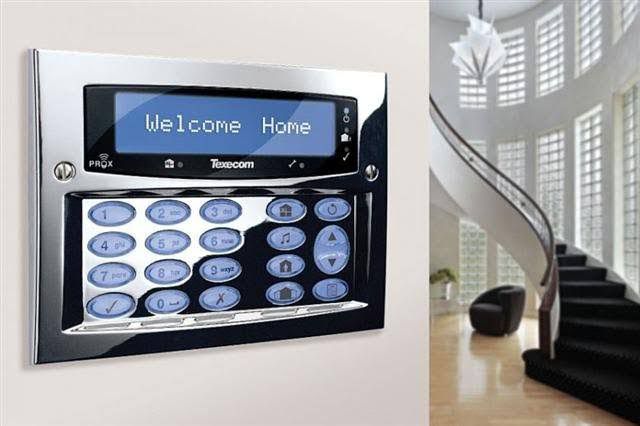
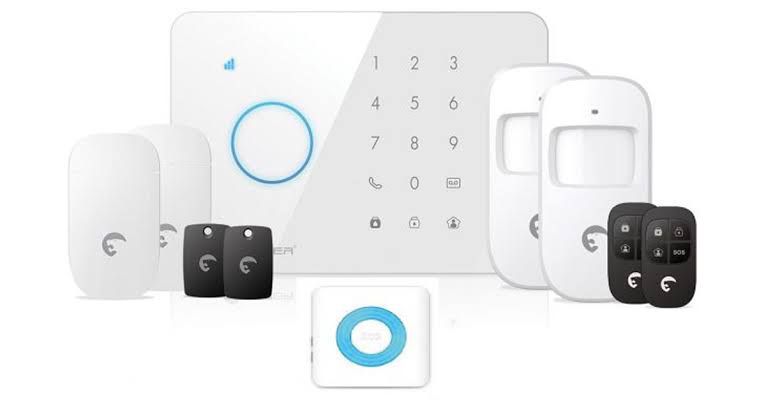
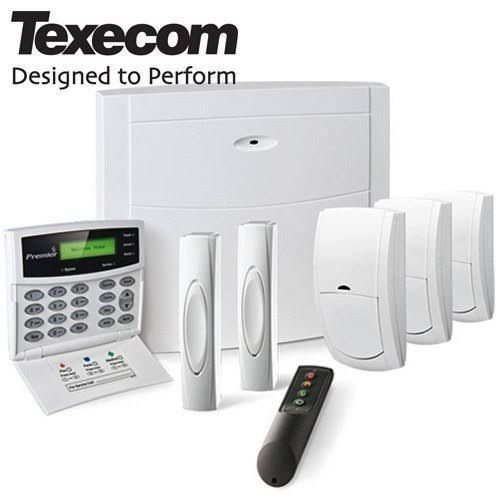
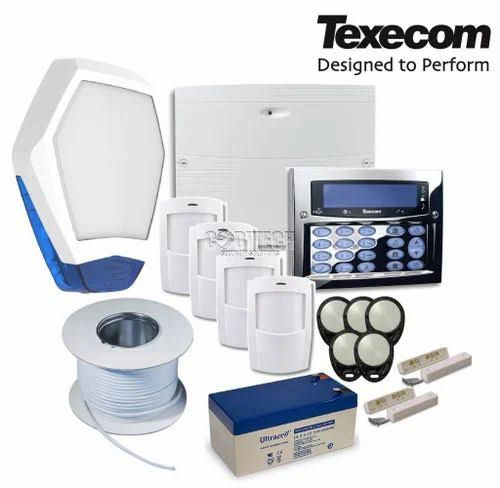
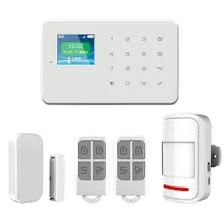
Control Unit in Burglary Alarm Systems in Egypt: The Technological Brain for Comprehensive Protection
Introduction: The control unit acts as the central intelligence of Burglary Alarm Systems in Egypt, coordinating and monitoring all connected sensors and devices. It analyzes data, responds to threats, and ensures the protection of property and individuals.
Functions of the Control Unit
- Device Coordination: Manages communication and synchronization between various components such as motion detectors, door sensors, and smoke alarms within Burglary Alarm Systems in Egypt.
- Decision-Making: Analyzes input from devices and triggers actions (e.g., sirens, notifications) based on security protocols in Egypt.
- User Alerts: Notifies occupants via alarms, lights, or communication units in case of detected threats for homes and businesses in Egypt.
- Communication with Security Services: Capable of automatically contacting external security personnel or emergency responders when needed in Egypt.
Types of Control Units
- Central Units: Designed for large-scale or complex Burglary Alarm Systems in Egypt, capable of handling numerous devices and zones.
- Local Units: Compact units for residential homes or small businesses, offering essential control functionality for Egyptian properties.
Key Features
- User-Friendly Interface: Simple and intuitive interfaces that allow users to monitor and manage Burglary Alarm Systems in Egypt easily.
- Integration Technology: Supports seamless integration with CCTV, access control, fire alarms, and other security or automation systems in Egypt.
Motion Sensors in Burglary Alarm Systems in Egypt: Essential Components
Introduction: Motion sensors are a fundamental part of Burglary Alarm Systems in Egypt. They play a crucial role in detecting unauthorized movement within protected areas, enabling the system to trigger alerts and respond rapidly to potential threats.
Types of Motion Sensors
- Infrared Sensors (IR): Detect motion based on temperature changes, ideal for indoor Burglary Alarm Systems in Egypt.
- Microwave Sensors: Emit and analyze microwave signals; suitable for outdoor areas in Egyptian properties due to their extended range and sensitivity.
- Ultrasonic Sensors: Use high-frequency sound waves to detect motion, commonly used in indoor applications across Egypt.
- Dual Technology Sensors: Combine two sensing methods (e.g., IR and microwave) to reduce false alarms and increase reliability in Burglary Alarm Systems in Egypt.
Functions in the Alarm System
- Intrusion Detection: Identify unauthorized movement and trigger the Burglary Alarm Systems in Egypt accordingly.
- User Alerts: Provide real-time notifications through audible sirens, lights, or connected mobile apps for Egyptian clients.
Integration with Security Systems
- Alarm System Integration: Directly connected to the control unit to activate the security response upon motion detection in Egypt.
- Surveillance Integration: Can trigger security cameras to start recording and capture footage of the detected motion in Burglary Alarm Systems in Egypt.
Reliability and False Alarm Avoidance
- Pet Immunity: Some sensors are calibrated to ignore movements from small pets to avoid unnecessary alerts in Egyptian homes or offices.
- Adjustable Sensitivity Settings: Allows fine-tuning of sensor response to prevent activation from minor environmental changes (e.g., fans, curtains) in Burglary Alarm Systems in Egypt.
Beam Sensors in Burglary Alarm Systems in Egypt: Essential Components
Introduction: Beam sensors play a critical role in modern Burglary Alarm Systems in Egypt by detecting movement or obstacles in protected areas. They work by analyzing continuous beams (light, laser, or radio frequency) and triggering alarms when the beam is interrupted.
Types of Beam Sensors
- Photoelectric Beam Sensors: Use a continuous light beam between two points. When the beam is interrupted, an alarm is triggered in Burglary Alarm Systems in Egypt.
- Laser Beam Sensors: Employ precise laser beams for high-accuracy detection. Breaking the beam activates the alarm in Egyptian security setups.
- Radio Frequency Beam Sensors: Generate a detection beam using radio waves, alerting the system when an object disrupts the signal in Burglary Alarm Systems in Egypt.
Main Applications
- Property Protection: Installed along fences or perimeters to prevent unauthorized access to homes, buildings, or compounds in Egypt.
- Specialized Protection: Used in sensitive areas like museums, warehouses, or exhibition halls for precise intrusion detection as part of Burglary Alarm Systems in Egypt.
Features of Beam Sensors
- Wide Range: Capable of covering large distances, suitable for perimeter or outdoor surveillance in Egypt.
- Efficient Detection: Able to detect small and subtle movements or obstacles quickly in Burglary Alarm Systems in Egypt.
- Interference Resistance: Engineered to minimize false alarms due to weather or environmental factors like light glare or rain in Egyptian setups.
Advanced Uses
- Border Monitoring: Deployed in national border zones to detect unauthorized crossings or suspicious activity in Egypt.
- Industrial Protection: Used in large-scale industrial zones and facilities to secure operational areas as part of Burglary Alarm Systems in Egypt.
Vibration Sensors: Effective Detection in Security Systems
Introduction:
Vibration sensors are a powerful tool in modern security systems, designed to detect unauthorized movements or tampering attempts. By sensing abnormal vibrations, these devices provide early alerts that help prevent break-ins, damage, or operational issues.
Detection Technologies
- Piezoelectric Vibration Sensors:
Convert mechanical energy from vibrations into electrical signals, enabling accurate motion detection. - Electromagnetic Vibration Sensors:
Utilize magnetic fields to detect vibration-induced movements and convert them into electrical signals. - Seismic Vibration Sensors:
Monitor ground tremors and subtle seismic activity, ideal for detecting disturbances in foundations or soil.
Applications of Vibration Sensors
- Property Protection:
Installed on doors, windows, or safes to detect tampering or forced entry attempts. - Leak Detection:
Used in facilities to monitor for vibrations caused by water, gas, or chemical leaks.
Key Features
- Adjustable Sensitivity:
Can be calibrated to suit the environmental context and reduce false alarms. - Interference Resistance:
Designed to distinguish between harmful vibrations and harmless environmental activity.
Advanced Uses
- Art Protection:
Utilized in museums or galleries to detect attempts to touch or move valuable artworks. - Industrial Security:
Helps monitor industrial machinery for abnormal vibrations that may signal potential failures or tampering.
Magnetic Lock: An Effective Security Solution
The magnetic lock, also known as an electromagnetic lock, is a secure and efficient locking mechanism that uses magnetic force to control access. It plays a vital role in modern access control and security systems.
How Magnetic Locks Work
- Magnetic Field Generation:
When electricity flows through the lock’s coil, it generates a strong magnetic field. - Lock Attraction:
A metal plate or armature attached to the door is drawn toward the magnet, holding it firmly in place. - Locking and Unlocking:
When power is cut, the magnetic field deactivates, allowing the door to open or close freely.
Features of Magnetic Locks
- Strong Security:
Delivers high holding force, ideal for securing heavy or high-traffic doors. - Electrical Control:
Easily integrates with smart access systems like keypads, biometric devices, or RFID readers. - High Reliability:
Magnetic locks have fewer mechanical parts, reducing wear and improving reliability over time.
Applications of Magnetic Locks
- Main Entrance Doors:
Commonly used in office buildings, factories, and apartment complexes for secure entry. - Electronic Access Systems:
Integrated with access control platforms for seamless and automated security.
Reliability and Maintenance
- High Durability:
Built to handle continuous daily use without degradation in performance. - Low Maintenance:
Minimal moving parts result in fewer mechanical failures and less frequent servicing.
Conclusion
Magnetic locks are a robust and modern solution for securing entry points. Their strength, reliability, and compatibility with electronic systems make them an essential part of smart building security infrastructure.
Glass Break Detector: Early Warning for Enhanced Security
Introduction:
The glass break detector is a vital component of modern security systems. It is specifically designed to detect the distinct sound produced when glass is shattered, providing an early warning against intrusion or vandalism attempts.
How Glass Break Detectors Work
- Sound Sensing:
Equipped with a microphone or audio sensor that constantly listens for frequencies specific to breaking glass. - Tone Analysis:
When a sound is detected, the device analyzes it to verify whether it matches the acoustic signature of glass breaking. - Alerting:
If a match is found, the device triggers an alert—this can activate sirens, lights, or send notifications to the security system.
Features of Glass Break Detectors
- Adjustable Sensitivity:
Can be fine-tuned to avoid false alarms while maintaining accurate detection. - System Integration:
Easily integrates with broader security systems, including surveillance cameras and alarm panels.
Applications of Glass Break Detectors
- Glass Areas:
Commonly installed on windows, glass doors, and storefronts to detect forced entry attempts. - Museums and Exhibitions:
Used to protect glass-based exhibits and valuable displays from damage or theft.
Reliability and Maintenance
- Regular Testing:
Periodic functional testing ensures the device remains responsive and effective. - Sensitivity Adjustment:
Sensitivity should be reviewed and adjusted as needed to adapt to environmental changes.
Conclusion
Glass break detectors provide critical early alerts in the event of intrusion through glass surfaces. Their reliability, integration capabilities, and sensitivity settings make them an essential element in any comprehensive security system.
